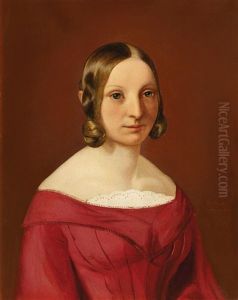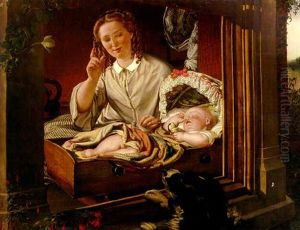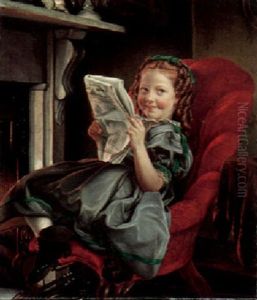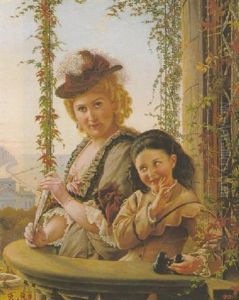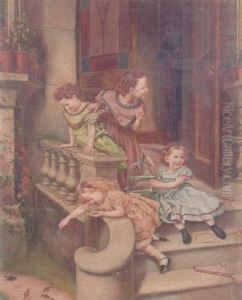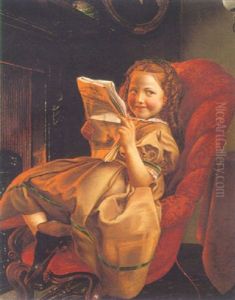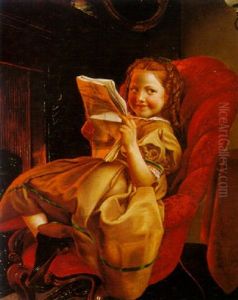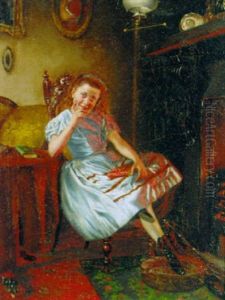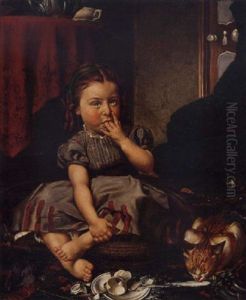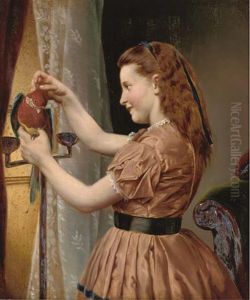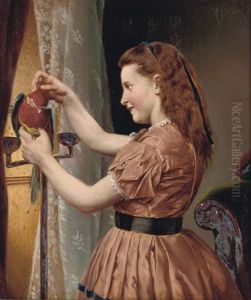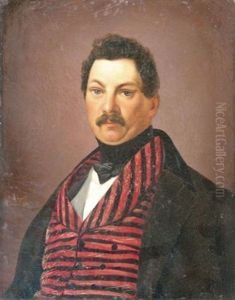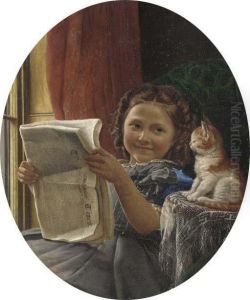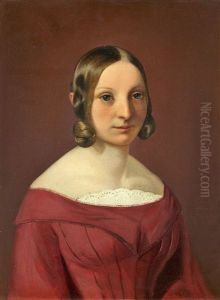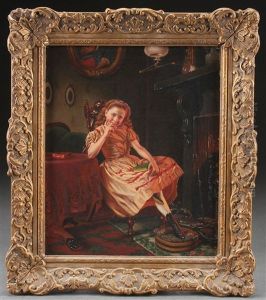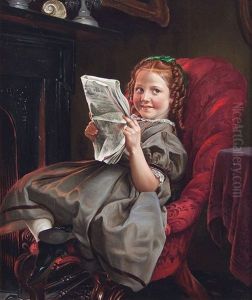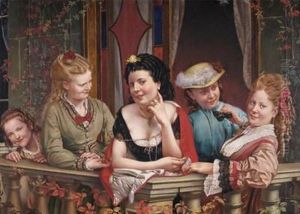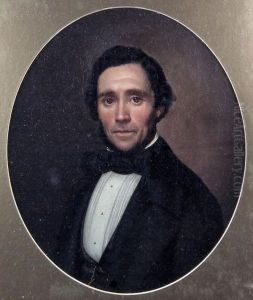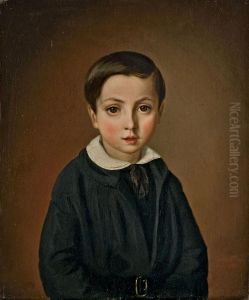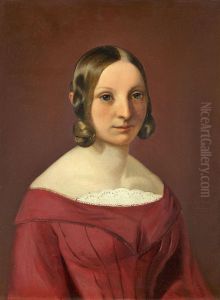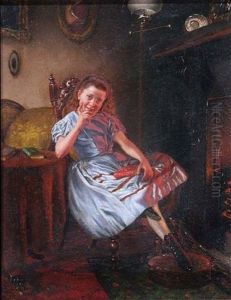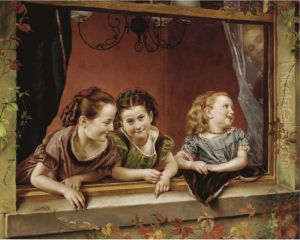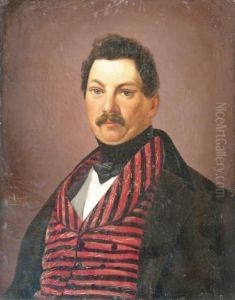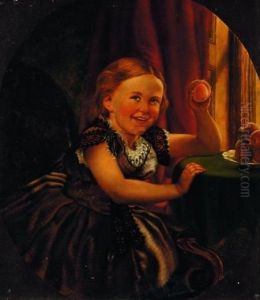Philipp Hoyoll Paintings
Philipp Hoyoll was a Baroque era artist, born in 1600 in the Duchy of Brabant, which is a historical region in the Low Countries, comprising parts of present-day Belgium and the Netherlands. Not much is known about his early life and artistic training, but it is believed that he was active primarily in the first half of the 17th century, a time when the Baroque style was flourishing throughout Europe.
Hoyoll's work as an artist is not extensively documented, and he remains a rather obscure figure in art history. However, he is known to have been a painter and an engraver. His style is typically Baroque, characterized by dramatic use of light and shadow, a vivid sense of movement, and a focus on realism and emotional expressiveness. Hoyoll's subject matter included religious themes, which were common during this period, as well as landscapes and genre scenes.
During his lifetime, the Thirty Years' War (1618–1648) was raging throughout much of Europe, which could have influenced both the themes of his work and the opportunities available to him as an artist. The war, along with the Counter-Reformation, had significant effects on the production and patronage of art, and artists like Hoyoll would have been affected by these events.
Philipp Hoyoll passed away in 1655. While his oeuvre may not be as well-remembered or celebrated as that of his contemporaries, his contributions to the Baroque era remain part of the rich tapestry of 17th-century European art. Due to the limited information about his life and works, Hoyoll's legacy is primarily of interest to specialists in the art of the Low Countries and to those researching lesser-known artists of the Baroque period.
